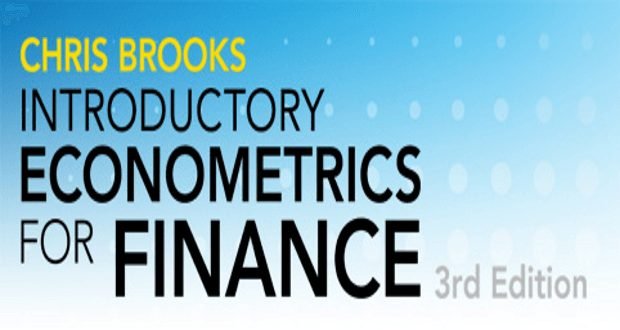180 câu trắc nghiệm Kinh tế lượng – Phần 4

Chapter 12: Instrumental Variables Regression
KTL_001_C12_1: The rule-of-thumb for checking for weak instruments is as follows: for the case of a single endogenous regressor,
○ a first stage F must be statistically significant to indicate a strong instrument.
○ a first stage F > 1.96 indicates that the instruments are weak.
○ the t-statistic on each of the instruments must exceed at least 1.64.
● a first stage F < 10 indicates that the instruments are weak.
KTL_001_C12_2: The distinction between endogenous and exogenous variables is
○ that exogenous variables are determined inside the model and endogenous variables are determined outside the model.
○ dependent on the sample size: for n > 100, endogenous variables become exogenous.
○ depends on the distribution of the variables: when they are normally distributed, they are exogenous, otherwise they are endogenous.
● whether or not the variables are correlated with the error term.
KTL_001_C12_3: The TSLS estimator is
● consistent and has a normal distribution in large samples.
○ unbiased.
○ efficient in small samples.
○ F-distributed.
KTL_001_C12_4: Weak instruments are a problem because
● the TSLS estimator may not be normally distributed, even in large samples.
○ they result in the instruments not being exogenous.
○ the TSLS estimator cannot be computed.
○ you cannot predict the endogenous variables any longer in the first stage.
KTL_001_C12_5: Consider a model with one endogenous regressor and two instruments. Then the Jstatistic will be large
○ if the number of observations are very large.
● if the coefficients are very different when estimating the coefficients using one instrument at a time.
○ if the TSLS estimates are very different from the OLS estimates.
○ when you use homoskedasticity-only standard errors.
KTL_001_C12_6: Let W be the included exogenous variables in a regression function that also has endogenous regressors (X). The W variables can
○ be control variables
○ have the property \(E\left( {{u_i}|{W_i}} \right) = 0\)
○ make an instrument uncorrelated with u
● all of the above
KTL_001_C12_7: The logic of control variables in IV regressions
● parallels the logic of control variables in OLS
○ only applies in the case of homoskedastic errors in the first stage of two stage least squares estimation
○ is different in a substantial way from the logic of control variables in OLS since there are two stages in estimation
○ implies that the TSLS is efficient
KTL_001_C12_8: For W to be an effective control variable in IV estimation, the following condition must hold
○ \(E\left( {{u_i}} \right) = 0\)
● \(E\left( {{u_i}|{Z_i},{W_i}} \right) = E\left( {{u_i}|{W_i}} \right)\)
○ \(E\left( {{u_i},{u_j}} \right) \ne 0\)
○ there must be an intercept in the regression
KTL_001_C12_9: The IV estimator can be used to potentially eliminate bias resulting from
○ multicollinearity
○ serial correlation
● errors in variables
○ heteroskedasticity
KTL_001_C12_10: Instrumental Variables regression uses instruments to
○ establish the Mozart Effect
○ to increase the regression \({R^2}\)
○ to eliminate serial correlation
● isolate movements in X that are uncorrelated with u